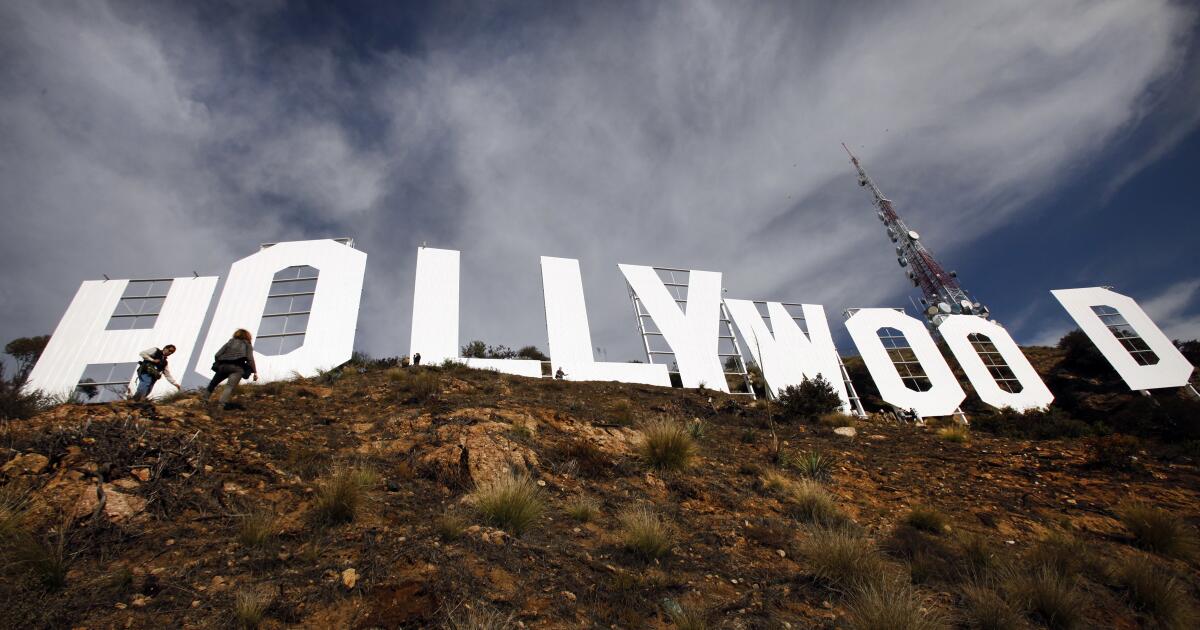You’re almost certainly not prepared for Robot Dreams. Even after it getting the Best Animated Feature nomination at the Academy Awards, most of you who see the film are going to be walking in cold. That’s good, too, as it will be similar to how I approached the movie. Do it that we and this beautiful bit of emotional animation will wash over you in a very special way. Robot Dreams is one of my favorite works of late, easily representing some of 2024’s best cinematic bits (yes, I’m mostly counting it for this year).
Robot Dreams takes a very simple premise and executes it magnificently. Heartbreaking and heartwarming in equal measure, it’s a tribute to the power of emotions, the need to be close to others, and how a true connection is not impacted by time. The movie is timeless and universal in its themes, while also being hyper specific in its style, as well as choice of characters. For me, it basically all worked.

Set in a version of 1980s New York City with anthropomorphized animals, we’re introduced to Dog, who lives alone in Manhattan. He’s clearly lonely and one day, while watching television, sees an ad for a robot friend. Ordering it and building it, he suddenly has a companion in Robot. An inseparable friendship blossoms, as they galavant all around the city. Towards the end of the summer, they go to the beach in Coney Island. There, a moment in the water, followed by sleeping in the sand, will change them both forever.
When Dog discovers that Robot has rusted and is unable to move it, he has to head home that night, planning to return in the morning with tools. Unfortunately, that plan does not work, so Robot has more or less been abandoned. Without hope, at least until the beach reopens next season, Dog goes about his life, trying to fill the void. While he’s attempting to make new connections, Robot dreams about being reunited, as well as what could be happening in those scenarios. Will they ever meet again? Plus, if they even can, will they still have what was so special to them once before?

While this film has no dialogue, the emotions speak volumes. Whether it’s the joy of the opening section, the sadness of the middle, or the mix of hope and melancholy that dominates the back end, we don’t need to hear Dog or Robot to completely understand them. That’s incredibly rare and one of the big triumphs of Robot Dreams.
Filmmaker Pablo Berger executes his vision with aplomb. The beginning is about as adorable and fun as anything you’ll see this year, while his ending ranks up there with La La Land (in more ways than one). Berger knows exactly how to make Robot Dreams never boring, always beautiful, and constantly compelling. It’s a home run.
Robot Dreams is worth the wait. Whether you heard about it before its Oscar run, during the awards season, or just here in 2024, you’re in for a treat. It’s one of the best films of the year so far, animated or otherwise, and demands your attention!
SCORE: ★★★1/2




/cdn.vox-cdn.com/uploads/chorus_asset/file/23986616/acastro_STK097_02.jpg)





















